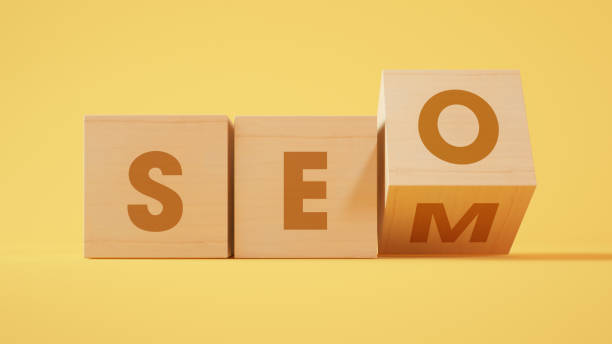You may have heard the terms: SEO and SEM casually tossed around when talking about digital marketing strategies, but what do they mean?
SEO and SEM are two different methods of attracting potential customers on search engine results pages like Google and Bing. SEO ranks a website for the number of organics (free), whereas SEM is for paid advertising.
What is SEO?
SEO (Search Engine Optimization) is the act of driving targeted and organic traffic to your website through search engines. It involves altering your website content to make it more appealing to search engines. It will help you get higher rankings and make for more relevant and quality pieces of content.
Benefits of SEO to your Business
- Increases sales and leads
- Improves website ranking
- Builds trust, brand awareness, and credibility
- SEO is highly measurable with plenty of tools and metrics
What is SEM?
If someone mentions Search Engine Marketing (SEM), it usually incorporates two segments: Search Engine Optimization (SEO) and Paid Search. SEM typically refers to all of these individual campaigns, while the umbrella term covers marketing in general.
But the term “SEM” has evolved into the paid marketing aspect of search advertising.
Benefits of SEM to your Business
- Increases brand awareness, trust, and credibility
- Reach your target prospect instantly with visible ads
- Test, measure, and optimise ads to scale
- Try new services and products with ease
SEO vs. SEM: The similarities?
Like other forms of Search Engine Marketing, a digital marketing strategy needs to combine the best of both worlds. An approach that combines organic search engine results with paid ads is the most effective.
- They both help you gain a deeper understanding of your audience.
With analytics, you can see how many people clicked your ad, which website users visit from search results, and how many converted.
- SEO and SEM aim to drive traffic to your website.
Keywords, content, and other tactics use SEO and SEM to get more people to click on your website’s pages.
- SEO and SEM use keyword research to identify the keywords to target.
You can ensure your blog gets to the right audience by researching keywords related to the topic of your post. It will lead to content that receives more eyeballs on its search engine page, which will expand your potential readership and help you achieve more traction on social media.
- SEO and SEM help to improve the visibility of your website.
You can help your business appear in positions on search engine results pages with both SEO and SEM. These marketing strategies ensure that users find your business on the first page when looking for something specific.
What are the differences between SEO and SEM?
- SEM search results include an ‘Ad’ icon, while SEO does not.
You can tell which search result is the result of SEM, like with the Ad icon next to their placement. The placements for SEOs do not have this icon.
- SEM allows you to select which audience will see your ad, while SEO does not
- SEM search results allow for ad extensions, and SEO only shows featured snippets.
In addition to organic Search Engine Marketing results, you’ll find that SEM results have ad extensions. These include location, callouts, site links, and lead forms. SEO results only feature snippets. It helps increase website traffic by directing people where they want to go.
- SEM has immediate results, while SEO takes time to become effective.
Which strategy is best?
One of the most necessary skills is: understanding the strengths and weaknesses of each marketing channel – what works for one business may not work for another. In an ideal situation, the most successful companies use Search Engine Optimization (SEO) and social media marketing (SEM). They combine these two methods to create a comprehensive digital marketing strategy.
Businesses can tap into a wealth of opportunities using search engines and social media. The first channel is for immediate organic acquisitions (SEO), driving short-term traffic spikes and long-term brand development. The second channel is paid advertising (PPC), which is more targeted and reliable than organic acquisition methods.



